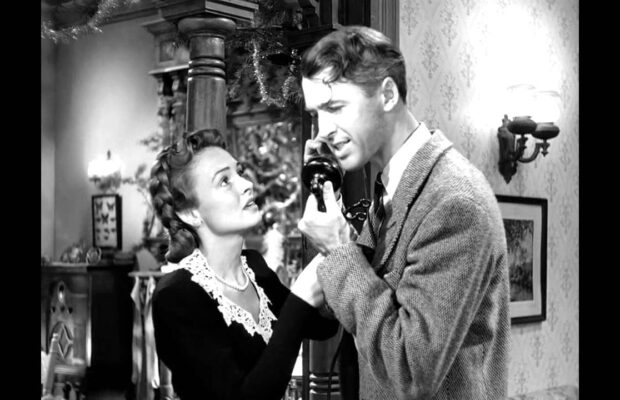Do not disregard black-and-white cinema

While there are many, many beautiful films that use color to enhance the story and reveal the emotions of characters, films without color find creative ways to do the same things without having any color saturation. In spite of the industry-wide adoption of digital technology, black-and-white is still the preferred medium by directors for some films. “Roma,” “The Lighthouse,” “Belfast,” “Mank” and even Zach Snyder’s “Justice League” were all shot digitally, and yet were completely desaturated. This is no accident. Black-and-white emphasizes textures, shapes and shadows in a more obvious way than color. The lack of colors allows for the composition of items and people in the frame to shine.
For independent or low-budget filmmakers, shooting in black-and-white allows their film to have a consistent aesthetic without losing all their money to meticulous color-based production design that limits their ability to tell their stories through other parts of the medium. However, the biggest reason directors may decide to make their film black-and-white is simply because some stories are better told in a world of texture, light and shadow.
People can be strangely averse to black-and-white cinema, diagnosing themselves with boredom rooted in a lack of visual stimulation. This diagnosis allows for no consideration of the plot, music, acting, editing or any other element of a film to be recognized and enjoyed. All too often I hear people respond to film recommendations with a hesitancy in \their voices, inquiring if they will dislike the movie via This perception banishes these viewers from the world of early cinema, separating them from countless masterpieces. An arbitrary bias against monochromatic films limits one’s ability to see the fullness of what cinema has been and can be. black-and-white is not a genre with a clear category or boundaries set on what its stories are, rather it is a tool that cinema has never been without.
Believing that one will not enjoy these kinds of films indicates an inability to recognize the essence of cinema. This is not a character flaw, just a preconceived notion ready to be obliterated by the end of a truly great monochromatic film.
Film as a visual medium has benefited greatly from the invention of technicolor film and its successors, but there is an equal power in the simplification and abstraction of reality found in the original form of cinema. Art itself is an interpretation of reality, and to create good art is to distill truth. Therefore, when a medium of art can be simplified, the projects that need the most focus or abstraction to get their message across will opt for a colorless project. The power of black-and-white is not only that it gives a piece of work a different aesthetic, but that it removes attention-grabbing colors, leaving space in the theater of our minds for the distillation of truth to be lit up even brighter. This effect is what draws filmmakers back to the origin of cinema, inviting their films to the monochromatic world of cinema where Citizen Kane lives.



